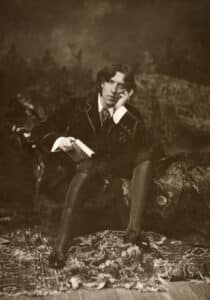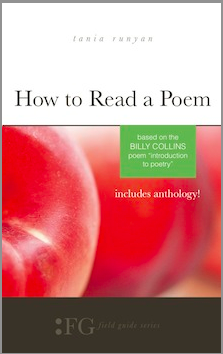Editor’s Note: Spoilers within 🙂
***
Sara Barkat illustrates a new edition of Wilde’s famous story.
It’d been years, well, decades, in fact, since I read The Picture of Dorian Gray by Oscar Wilde. I knew the basic outline of the story. A young man permanently retains his youthful appearance while his portrait assumes the countenance of his dissipated, depraved life. The tale is well known enough to have entered popular culture almost as a theme.
Several different film productions (including 1945, 1973, 2009, and 2021, among others) likely helped, too. In the 1945 movie, Hurd Hatfield played Dorian Gray; the cast included a young Angela Lansbury, George Sanders, Donna Reed, Peter Lawford, and Sir Cedric Hardwicke. The 1973 version starred Shane Briant in the title role and added several characters not in Wilde’s story. The 2009 version starred Ben Barnes as Dorian; Colin Firth and Ben Chaplin also had major roles. In the 2021 film, Fionn Whitehead played the title role.

It’s now regarded as a classic of gothic literature, and I expected gothic when I reread this new edition. What surprised me was how it approaches being a horror story and simultaneously a discussion of the nature of art and life.
Gray, considered by all who meet him a physically beautiful young man, is having his portrait painted by the artist Basil Hallward. Hallward introduces him to a friend, Sir Henry Wooten, who makes his case for living life sensually and hedonistically. Wooten’s words and ideas, which always seem to be expressed in aphorisms, capture Gray’s imagination, and he wishes he could stay youthful looking forever while his portrait assumes the demeanor of the dissolute life he wants to leave. He gets his wish.
Years pass, and people are amazed at how Gray never seems to age. And yet the stories about his life become so lurid that society begins to cut him off. What no one sees is the painting, which Gray hides away in an unused attic room. And with good reason.

Oscar Wilde
It’s difficult not to be reminded of Dr. Jekyll and Mr. Hyde by Robert Louis Stevenson, published in 1886. Gray and his painting have something of a Jekyll and Hyde existence. I was also reminded of Mary Shelley’s Frankenstein (1818), which seized upon society’s fears and concerns about the growing influence of science and technology. In Dorian Gray’s case, however, the story isn’t about science but about art. It’s almost as if Wilde was one-upping the science concerns of Frankenstein with similar concerns about art.
This new edition by TS Poetry Press is illustrated by Sara Barkat. The illustrations are subtle and small, serving more to punctuate something important in each chapter rather than lavishly illustrate it. I liked them; I liked the fact the illustrations quietly supplement the text rather than compete with it or overpower it.
When The Picture of Dorian Gray was published, Wilde was one of the most popular playwrights in London. His most famous play, still performed today, was The Importance of Being Earnest. He believed he was being libeled by the Marquess of Queensbury and sued, but evidence was made public that resulted in Wilde’s arrest and eventual conviction and imprisonment for gross indecency. He served two years, but the experience broke him. He wrote De Profundis while in prison and his best-known poem, “The Ballad of Reading Gaol,” when he was released. He left Britain, never to return, and he died in France from meningitis in 1900.

Sara Barkat
Barkat is an artist, writer, and editor. Her poems have been published in several journals, books, and online publications. She served as editor for such books as The Teacher Diaries: Romeo & Juliet, The Joy of Poetry: How to Keep, Save & Make Your Life with Poems, and Twirl: My Life with Stories, Writing & Clothes. She is also the author of The Shivering Ground & Other Stories and a graphic-novel version of The Yellow Wall-Paper.
The Picture of Dorian Gray is arguably Wilde’s best-known work. It’s very much a product of its time, but it has managed to transcend 1890s London. It applies to and contains a warning for our own time: the glorification of self at the expense of others eventually exacts a terrible price.
Photo by John Morgan, Creative Commons, via Flickr. Post by Glynn Young.
How to Read a Poem uses images like the mouse, the hive, the switch (from the Billy Collins poem)—to guide readers into new ways of understanding poems. Anthology included.
“I require all our incoming poetry students—in the MFA I direct—to buy and read this book.”
—Jeanetta Calhoun Mish
- Poet Sidney Lanier and the Lost Cause - October 2, 2025
- Poets and Poems: A.J. Thibault and “We Lack a Word” - September 30, 2025
- Poets and Poems: Catherine Strisik and “Goat, Goddess, Moon” - September 25, 2025


Leave a Reply